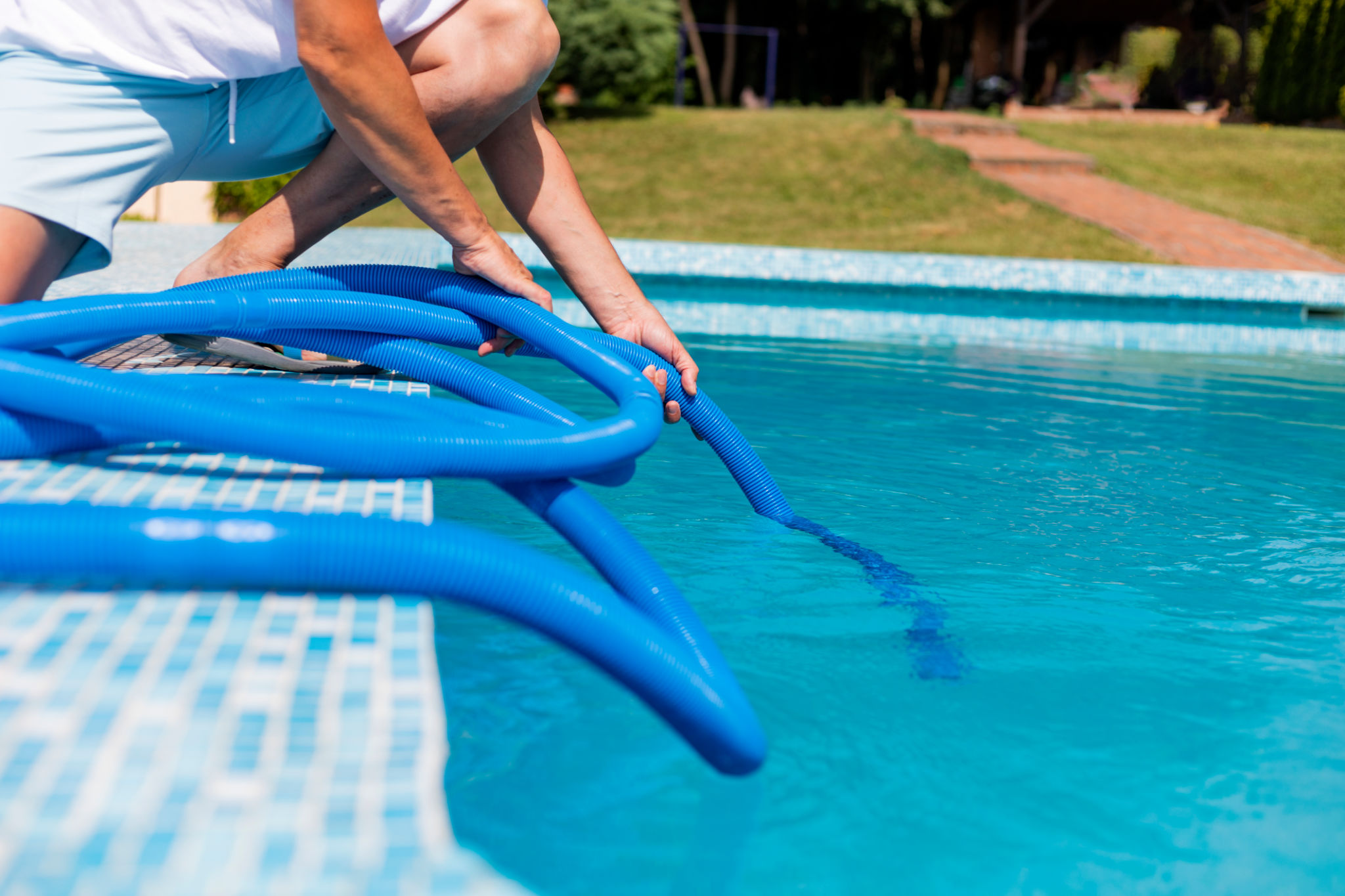DIY Pool Cleaning: Tips and Tricks from the Experts
TS
Introduction to DIY Pool Cleaning
Maintaining a sparkling clean pool can seem like a daunting task, but with the right knowledge and tools, you can master the art of DIY pool cleaning. Not only will this save you money, but it will also ensure your pool remains safe and inviting for your family and friends. Dive into our expert tips and tricks to keep your pool in pristine condition all year round.

Essential Tools for Pool Cleaning
Before you begin cleaning, it's crucial to have the proper tools on hand. Some essential items include a skimmer net, a pool brush, a vacuum, and a water testing kit. These tools will help you efficiently remove debris, scrub surfaces, and maintain water quality.
Investing in high-quality equipment can make the process easier and more effective. For instance, an automatic pool cleaner can significantly reduce the time and effort required to keep your pool spotless.
Water Testing and Balancing
Maintaining balanced water chemistry is vital for the health of your pool. This involves regularly testing the pH levels, alkalinity, and chlorine content. A balanced pool not only ensures swimmer safety but also prolongs the life of your pool surfaces and equipment.
Use a reliable water testing kit to monitor these levels at least once a week. If you notice any imbalances, adjust accordingly using pH increasers or decreasers and chlorine stabilizers.

Skimming and Brushing
Regular skimming and brushing are fundamental to keeping your pool clean. Skim the surface of your pool daily using a skimmer net to remove leaves, insects, and other debris. This simple task prevents larger issues like clogged filters.
Brushing the walls and floor of your pool weekly helps prevent algae buildup and removes dirt and grime. Be sure to use the appropriate brush for your pool's surface type, whether it's plaster, vinyl, or fiberglass.
Vacuuming Your Pool
While skimming and brushing are essential, vacuuming is necessary for deep cleaning. There are two main types of vacuums: manual and automatic. Manual vacuums give you more control but require more effort, while automatic vacuums are convenient and time-saving.
Regardless of the type you choose, vacuuming once a week will help remove debris that has settled at the bottom of your pool, ensuring a clean swimming environment.

Maintaining Your Pool Filter
Your pool filter plays a critical role in keeping water clear by trapping dirt and debris. It's important to clean or backwash your filter regularly to maintain its efficiency. The frequency will depend on the type of filter you have—sand, cartridge, or diatomaceous earth (DE).
A clean filter not only improves water quality but also reduces strain on your pool's pump system, extending its lifespan.
Seasonal Pool Care
In addition to routine maintenance, seasonal care is essential for preparing your pool for changing weather conditions. Before winter arrives, ensure your pool is properly closed with a secure cover to protect it from debris and freezing temperatures.
When spring comes around, open your pool with a thorough cleaning and inspection to address any potential issues that developed during the off-season.
Conclusion
With these tips and tricks from the experts, DIY pool cleaning can become a manageable part of your routine. Remember that consistency is key—regular maintenance not only enhances the beauty of your pool but also ensures a safe and enjoyable experience for everyone. Happy swimming!